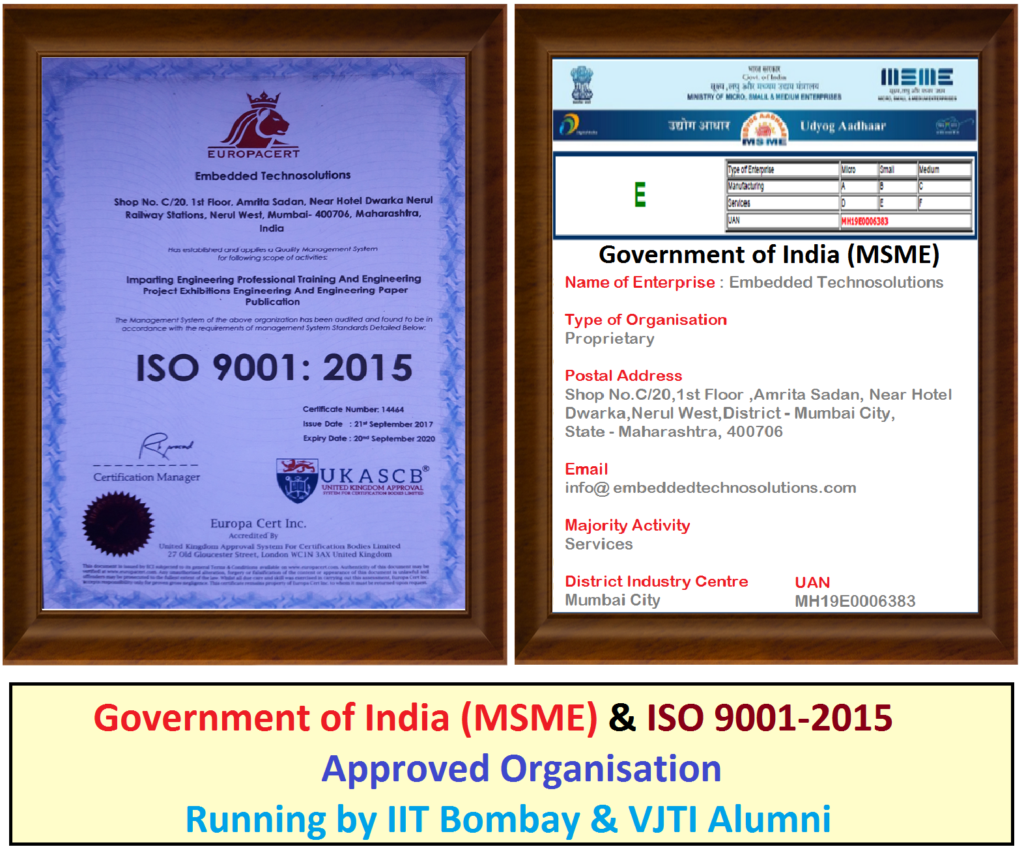|
Sr. No |
Computer Types |
Innovation Period |
Functions |
| 1 | 1st Generation of Computers | 1940s – 1950s | Vacuum Tubes and Plugboards |
| 2 | 2nd Generation of Computers | 1950s – 1960s | Transistors and Batch Filing |
| 3 | 3rd Generation of Computers | 1960s – 1970s | Integrated Circuits and Multi-Programming |
| 4 | 4th Generation of Computers | 1970s – 1990s | The Microprocessor, OS and GUI |
| 5 | 5th Generation of Computers | 1990s – 2010s | Portable Computers, OS and GUI |
| 6 | 6th Generation of Computers | 2010s – Present |
Credit Card Size Computer |
A venture of IIT Bombay & VJTI Alumni
Technological World is changing very fast. There is no other option than to understand the current technological changes. Those who are out of the technological domain, they are out of the market now, this is a current market scenario.
If we all look at the current market scenario, we can observe that everything from the Banking Sector to Trading & Hoteling to Hospitality, everything operates on Technology, Artificial Intelligence & Automation and this trend will remain develop & will go ahead in future.
In a survey done by World Economic Forum, it was observed that the western countries adopted the Project Based Learning at the school level which has improved the Technological thinking ability & analytics of the students at the school level. In conclusion of this survey, the World Economic Forum had mentioned that ” Because of the Project Based Learning, more than 80% students at school level became current technology friendly & they were got cleared about, the selection of their Professional Education after school “
The same technological curriculum we are trying to implement for the school students. It is important that the students at school level must Understand, Learn & Improve technological skills with the Academics to be in the competition happening in the future





